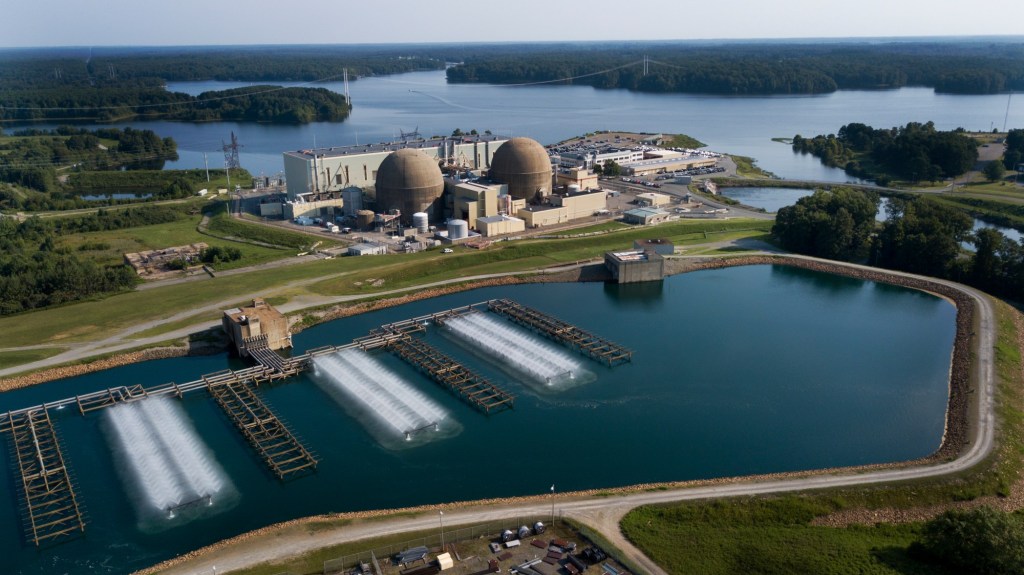Virginia stands at a critical juncture regarding its future energy landscape, with increasing demand necessitating a reevaluation of current strategies. While renewable sources like solar and wind play a role, expert analysis suggests that nuclear and natural gas remain indispensable for reliably meeting the Commonwealth’s escalating energy needs.
Projections from Dominion Energy’s Integrated Resource Plan indicate a significant surge in electricity demand, anticipating over 300 million megawatt-hours by 2036. Despite the Virginia Clean Economy Act’s ambitious goal of fulfilling a substantial portion of this projection with solar power, the practical implications of such a reliance warrant closer examination.
Achieving the mandated solar energy targets would necessitate converting an astounding five to six million acres of land within the state, with approximately ninety percent comprising vital forest ecosystems. This extensive land transformation raises serious concerns about habitat loss, biodiversity, and the ecological balance of Virginia’s natural environment.
Furthermore, the environmental impact extends beyond mere land use. Studies indicate that the removal of forests for solar farm development can have a disproportionately negative effect on atmospheric carbon dioxide equivalents (CO2e), potentially impacting climate goals by a factor greater than thirteen times compared to an equivalent output from a combined-cycle natural gas plant. This highlights the complex interplay between energy generation methods and their broader ecological footprints.
Beyond ecological considerations, the abstract social costs associated with widespread solar deployment could potentially exceed those of natural gas generation by over one trillion dollars. Such a significant financial disparity underscores the economic complexities involved in transitioning to a purely renewable energy grid and suggests that a balanced approach is fiscally prudent for the state’s residents.
This evolving understanding has led many dedicated environmentalists and conservationists to reassess their positions, acknowledging that in Virginia, the challenges of large-scale solar development make nuclear and natural gas increasingly viable and even preferable options. Initial skepticism towards natural gas pipelines, driven by incomplete information, has often given way to a more pragmatic view as a clearer picture emerges.
Ultimately, the discourse surrounding Virginia’s energy strategy calls for a logical, well-balanced approach that prioritizes reliability, affordability, and genuine environmental stewardship. Like a hunter’s deepened appreciation for nature, an informed perspective reveals that the most sustainable path forward integrates diverse energy sources to ensure a secure and prosperous future for all residents, enabling work, sustenance, and quality of life.






Leave a Reply